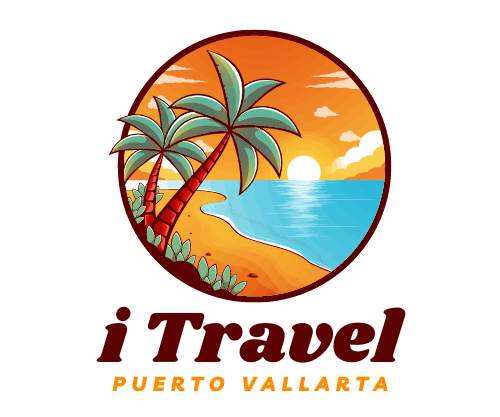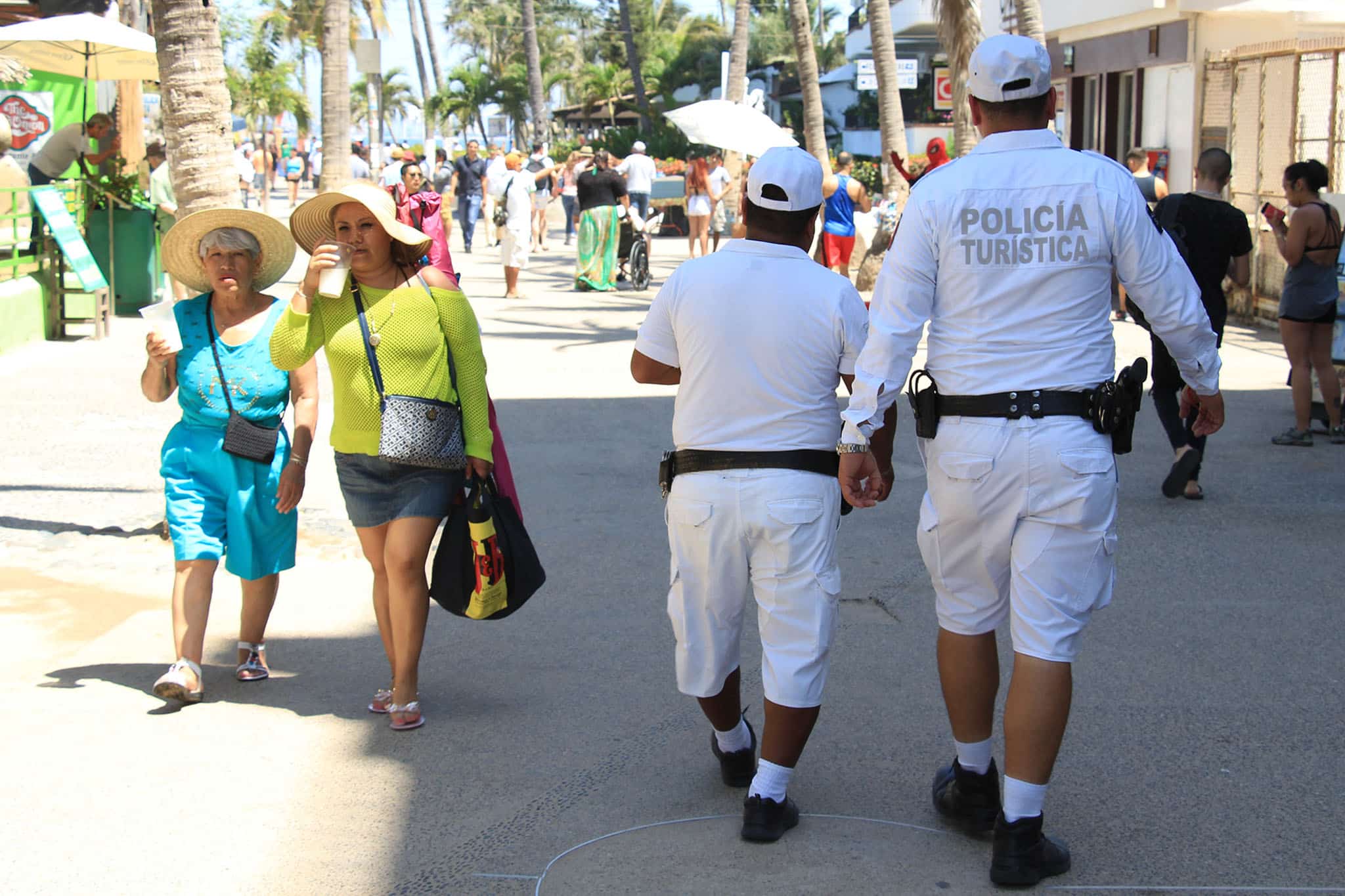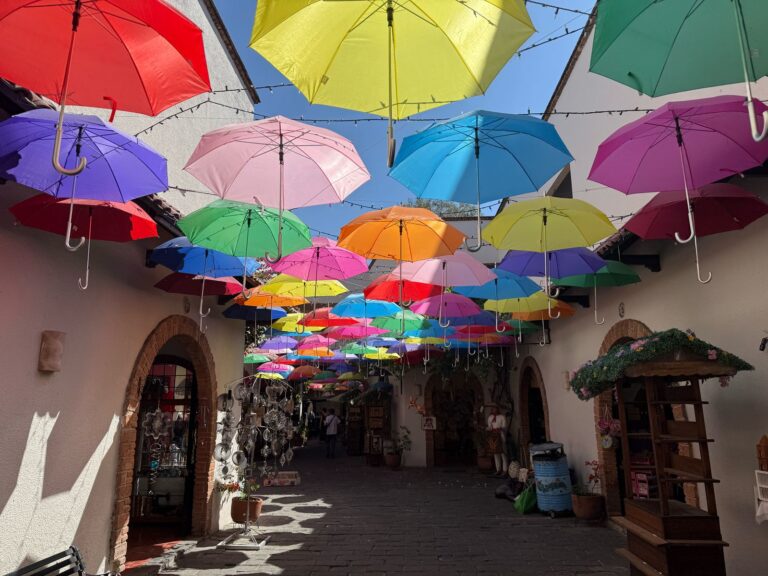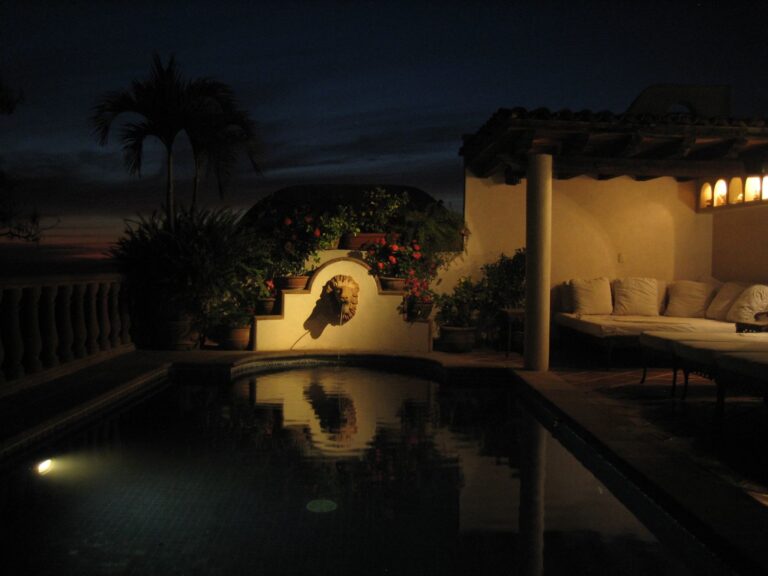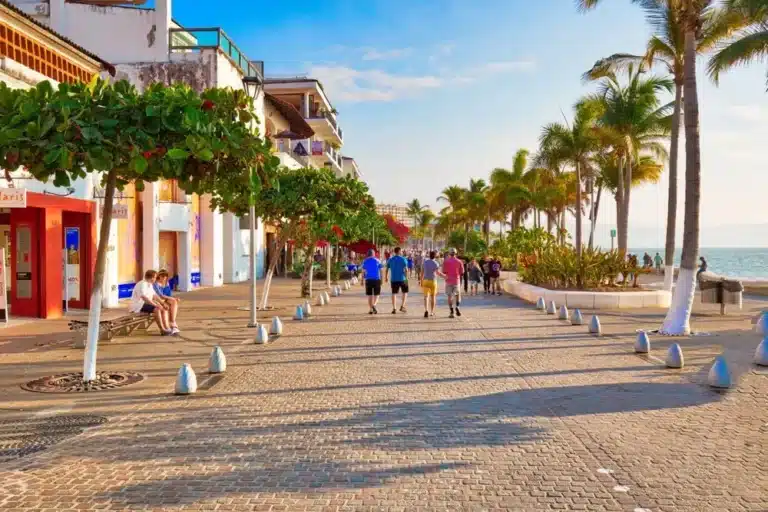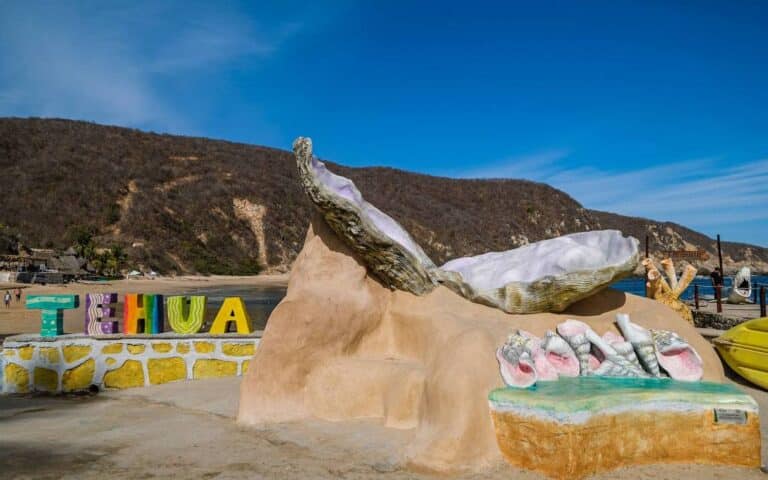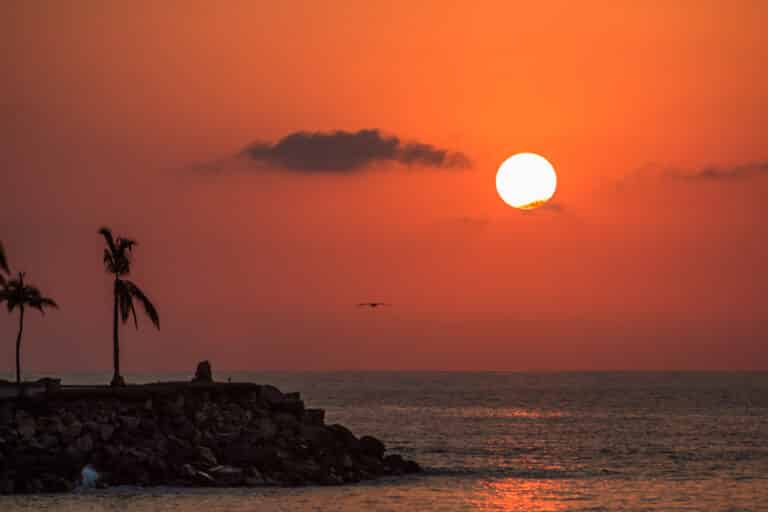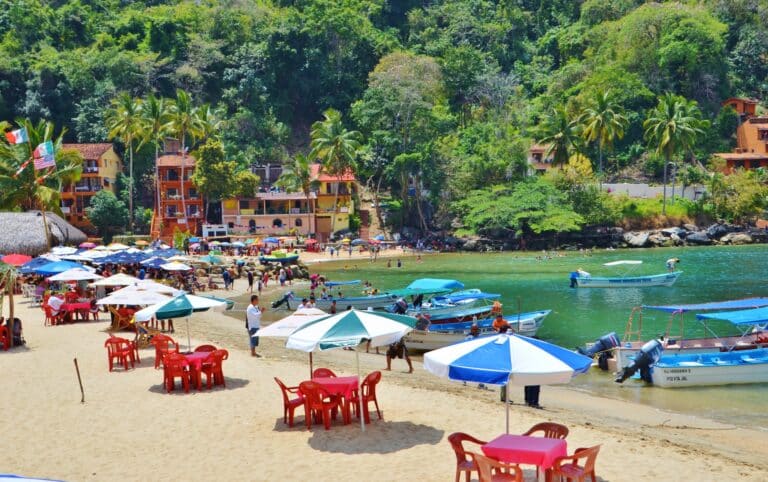Is Puerto Vallarta Safe? A Guide to Staying Secure in Paradise
Is Puerto Vallarta Safe? A Guide to Staying Secure in Paradise
Puerto Vallarta is a dream destination known for its golden beaches, vibrant nightlife, and warm hospitality.
But if you’re planning a trip, safety is probably one of your top concerns. With sensationalized news and ever-changing travel advisories, it’s easy to wonder: Is Puerto Vallarta safe?
The short answer? Yes—Puerto Vallarta is considered one of the safest tourist destinations in Mexico.
However, like any travel hotspot, it’s essential to stay aware and take precautions to ensure a worry-free experience.
In this guide, I’ll break down crime rates, common scams, and local tips to help you enjoy your vacation with confidence.
You may want to read: 15 Top Things to Do in Puerto Vallarta: Insider Tips from a Local
Whether you’re strolling the Malecón, exploring jungle trails, or sipping margaritas by the beach, I’ve got you covered with everything you need to know about staying secure in paradise.
Is it safe to travel to Puerto Vallarta?
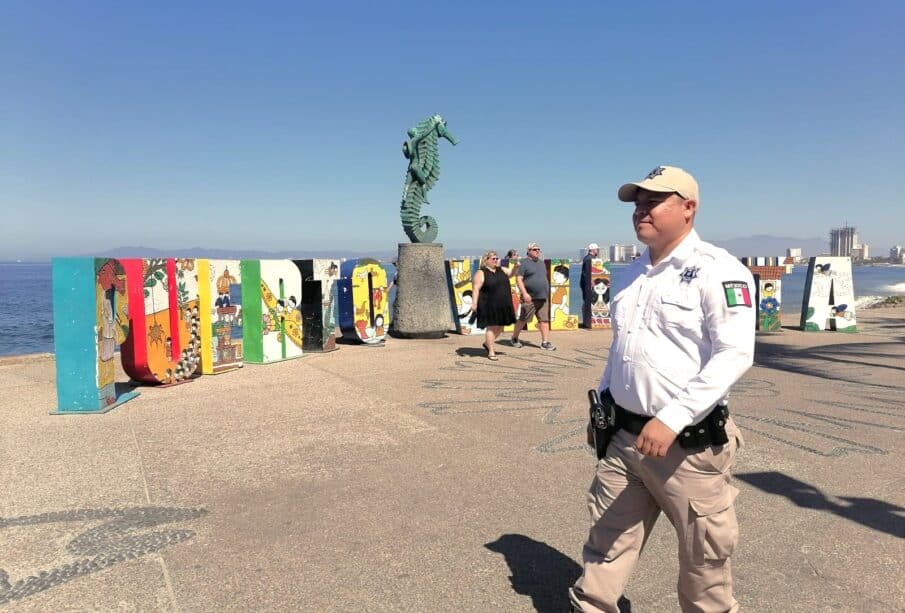
As of 2025, and as far back as I can remember, Puerto Vallarta is, and has been, considered very safe for tourists (and locals).
The crime rate is under 35 and the safety index is around 66, according to Numbeo’s most recent data.
This indicates a moderate level of crime, but overall safe conditions for tourists who take standard precautions.
Puerto Vallarta’s safety for tourists remains strong, with many visitors enjoying its beaches and nightlife without incident.
Staying informed about local warnings and following common sense safety measures can enhance your travel experience.
Local authorities are proactive in maintaining safety in tourist areas, and regular patrols help ensure a safe environment for visitors.
Remember: If you look for trouble, you will find it. As long as you mind your own business you should be fine.
Solo travelers
Puerto Vallarta can be a safe and fun destination for solo travelers, as long as you exercise caution.
The city’s welcoming atmosphere and popular tourist areas offer many opportunities to explore safely.
If you travel alone, try to avoid isolated areas, especially at night, and keep in touch with your friends or family and let them know about your whereabouts.
Joining group tours and activities can also provide a safer and more enjoyable experience.
Staying in reputable accommodations and using reliable transportation services are key steps to ensure a safe visit.
Solo travelers can also benefit from interacting with other tourists and locals, which can add an extra layer of safety and enhance the overall travel experience.
Is It Safe for Women to Visit Puerto Vallarta?
I seldom hear acts of crime involving raping or women aggressions, nevertheless, women traveling to Puerto Vallarta should take certain precautions to ensure their safety.
It is advisable to avoid walking alone at night, especially in less populated areas, and to use registered taxis or ride-sharing services.
Please don’t take free rides with anybody you don’t know for sure.
Staying in well-lit, busy areas and avoiding empty streets after dark can further enhance safety.
Women can enjoy a safe experience in Puerto Vallarta by traveling in groups, staying in crowded and well-lit areas, and remaining aware of their surroundings.
Same as solo visitors, engaging in organized activities with other travelers or locals can provide an extra layer of security and support.
Additionally, women should be cautious about accepting drinks from strangers and remain vigilant, particularly in nightlife areas.
Common Crimes and Scams
It’s important to be mindful of common crimes and scams, including pickpocketing in crowded places and along the beaches.
Be cautious of overly friendly locals offering unsolicited assistance, as this can sometimes be a tactic for theft.
Another common scam involves taxi drivers overcharging passengers; using registered taxis or ride-sharing apps can help avoid this issue.
Being aware of these scams and staying alert can help you avoid potential problems.
Also, keeping valuables secure and exercising caution around strangers can significantly improve safety.
Additionally, be wary of street vendors selling counterfeit goods (fake cigars and jewelry are common) and always verify the authenticity of purchases.
The Safest Neighborhoods in Puerto Vallarta
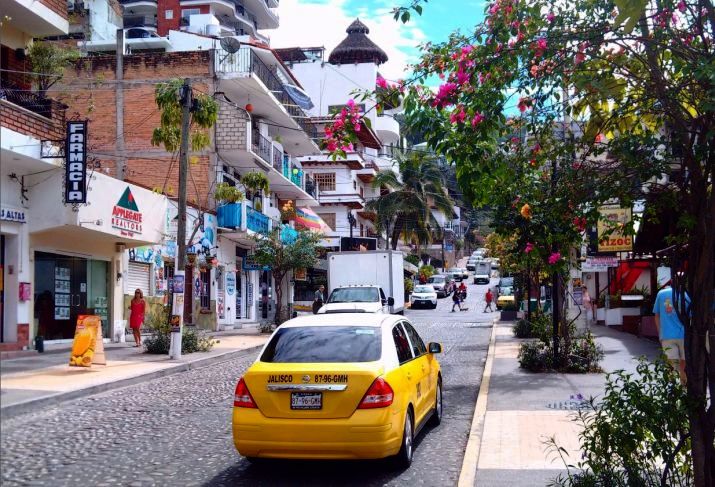
Romantic Zone (Zona Romántica)
The Romantic Zone is a popular and relatively safe neighborhood for tourists.
Known for its vibrant nightlife, charming cobblestone streets, and numerous dining and entertainment options, the area is well-policed and frequently visited by tourists.
You may want to read: 6 Best Cafes in Puerto Vallarta for Coffee Lovers
Its lively atmosphere and strong security presence make it a safe and enjoyable place to stay.
Marina Vallarta
Marina Vallarta is an upscale neighborhood known for its luxury hotels, yacht marina, and golf courses.
This area has a lower crime rate and benefits from strong private security.
With its well-maintained surroundings and numerous attractions, Marina Vallarta is a preferred choice for visitors seeking a safe and comfortable stay.
The combination of leisure and security makes it particularly appealing to families and luxury travelers.
Conchas Chinas
Conchas Chinas is a residential area renowned for its stunning ocean views and exclusive villas.
It is considered one of the safest neighborhoods in Puerto Vallarta, offering a peaceful and secure environment for tourists.
The area’s exclusivity and security contribute to its reputation as a safe retreat.
Its quiet, residential nature, combined with natural beauty, makes it an ideal choice for those seeking tranquility and security.
Is Public Transportation in Puerto Vallarta Safe?
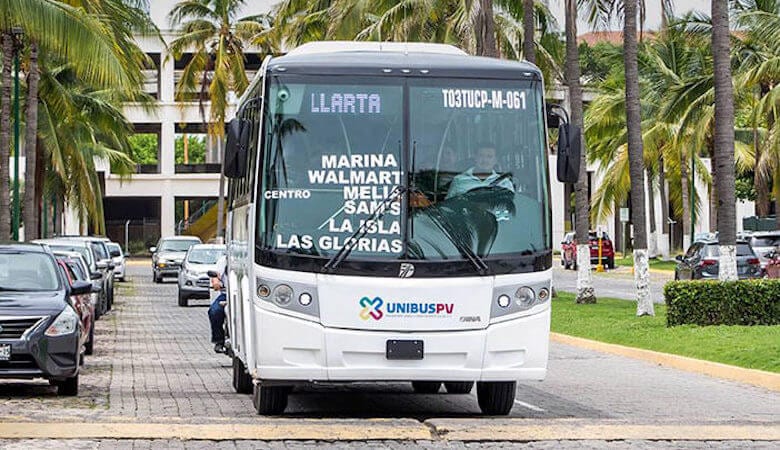
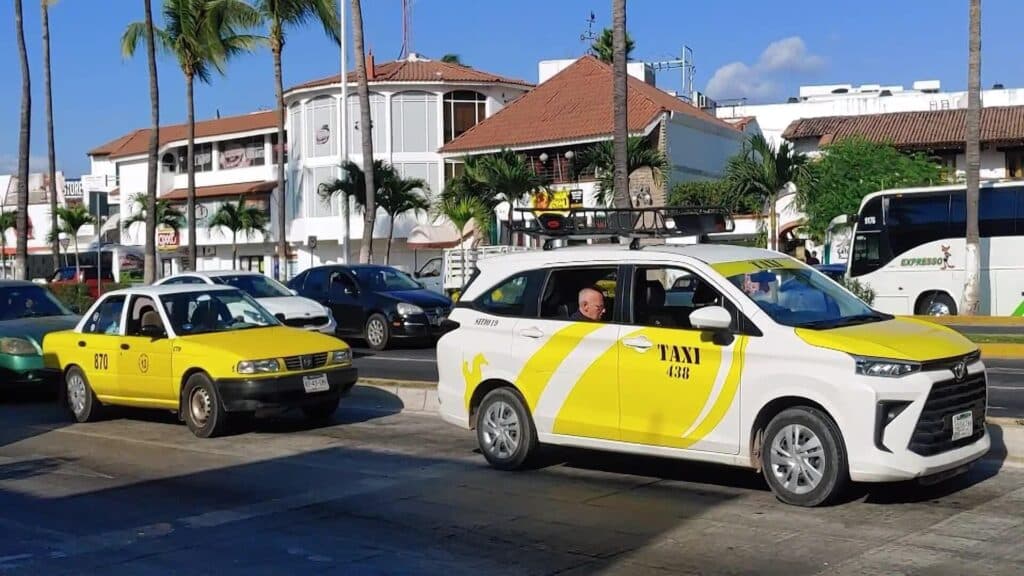
Public transportation in Puerto Vallarta is generally safe, but tourists should remain vigilant.
Pickpocketing can occur on buses, particularly during rush hours. To ensure a safer experience, consider the following tips:
- Avoid traveling during peak hours to reduce the risk of theft
- Keep personal belongings close and secure
- Use registered taxis or ride-sharing services for added security
Following these precautions can help ensure a smooth and safe journey on Puerto Vallarta’s public transportation system.
Familiarizing yourself with local routes and schedules beforehand can make navigation easier and more comfortable.
Beach and Water Safety Tips in Puerto Vallarta
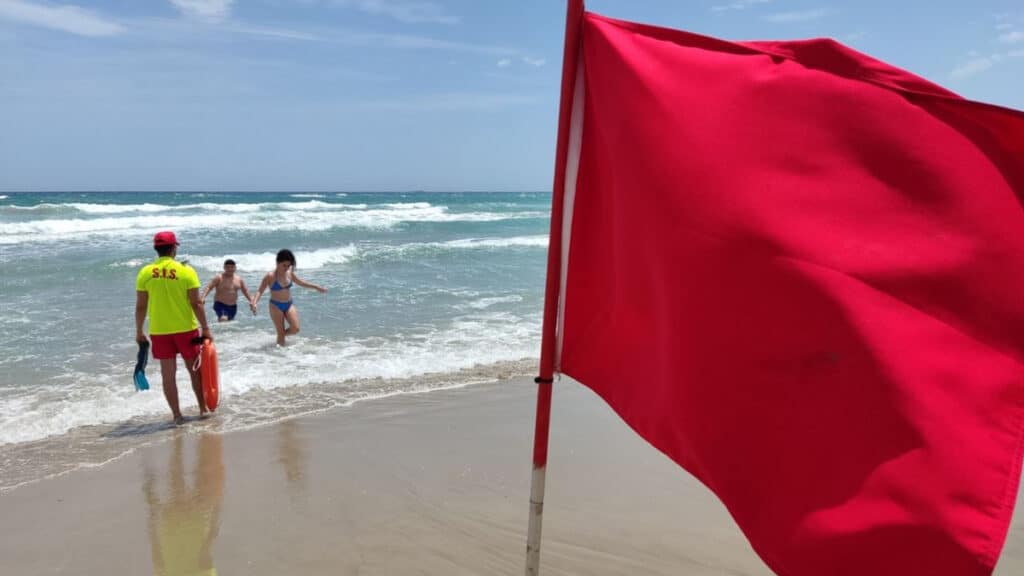
1. Rip Currents & Strong Waves
Puerto Vallarta’s beaches are generally safe, but some areas have strong currents. Keep these tips in mind:
- Know the flag system: Many beaches use colored flags—green (safe), yellow (caution), red (dangerous currents), and purple (marine life hazard like jellyfish)
- If caught in a rip current, don’t panic or swim against it. Instead, swim parallel to the shore until you’re out of the current, then swim back
- Best swimming beaches: Playa Los Muertos, Playa Gemelas, and Playa Las Animas tend to have calmer waters
2. Jellyfish and Marine Life
- Jellyfish are not common, but they do appear occasionally, especially in the rainy season. If stung, rinse with vinegar or seawater (not fresh water) and remove tentacles with a card or tweezers
- Sea urchins and stingrays: Shuffle your feet when walking in shallow water to avoid stepping on them
3. Staying Hydrated & Avoiding Sunburn
- The sun in Puerto Vallarta is intense, especially between 11 AM and 3 PM. Use reef-safe sunscreen (SPF 30+), wear a hat, and reapply every 2 hours
- Drink plenty of water, especially if consuming alcohol, as dehydration can set in quickly
- Coconut water is a great natural electrolyte source if you need a refreshing alternative
Hiking and Jungle Exploration Precautions
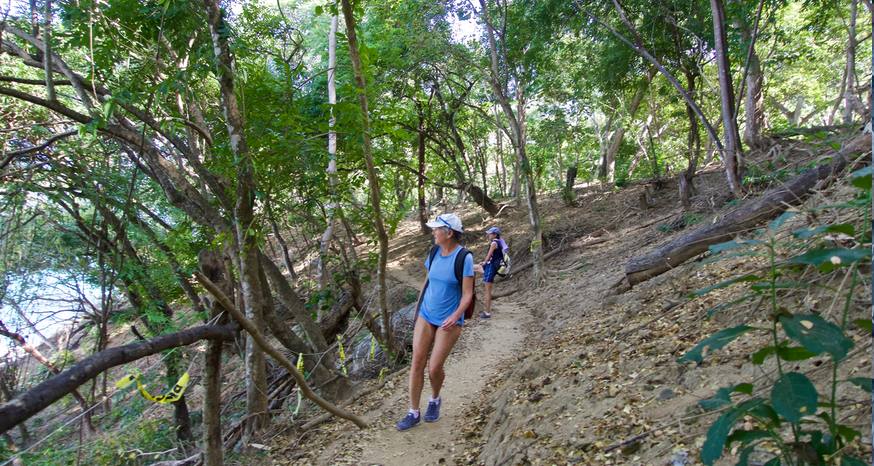
1. Choosing the Right Trails
- Popular trails like the Mirador La Cruz hike, Boca de Tomatlán to Las Animas, and Monkey Mountain (Cerro del Mono) offer stunning views but require preparation
- Avoid going alone or without informing someone of your plans, especially in remote areas
2. Wildlife and Insects
- Mosquitoes and bugs: Puerto Vallarta’s jungle areas are home to mosquitos, especially during the rainy season (June–October). Apply eco-friendly repellent to avoid bites
- Snakes and scorpions: Most are not aggressive, but be cautious when stepping over logs or rocks. Wearing long pants and hiking boots helps prevent bites
3. Weather and Terrain Caution
- Slippery trails: After rain, paths can be muddy and dangerous, so wear good hiking shoes with traction
- Heat exhaustion: Start early in the morning, take breaks in the shade, and bring at least 2 liters of water per person
- Flash floods: Avoid hiking near rivers after heavy rain, as water levels can rise quickly
4. Emergency Preparedness
- Download offline maps since cell service can be spotty
- Bring a whistle, small first-aid kit, and a fully charged phone in case of emergencies
- If you’re hiking alone, consider using an app like AllTrails or leaving your planned route with someone
Health and Emergency Services in Puerto Vallarta
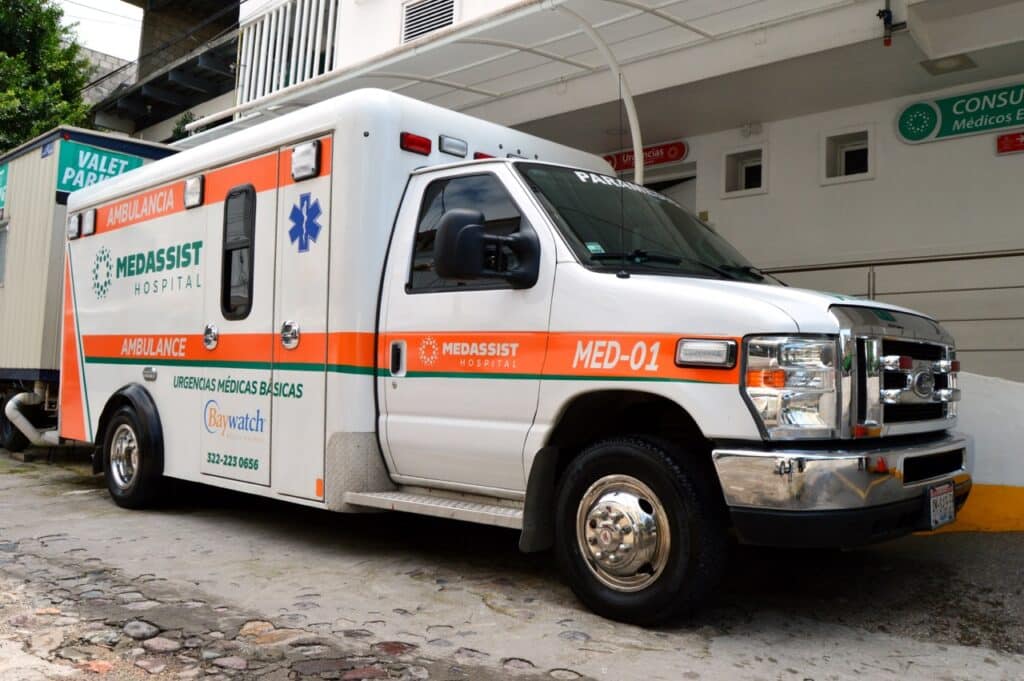
Puerto Vallarta is well-equipped with modern hospitals, private clinics, and pharmacies that cater to both locals and tourists.
Many healthcare providers are bilingual and accustomed to treating international patients. Here are some of the top medical facilities in the area:
- Hospiten Puerto Vallarta
- A well-known private hospital with English-speaking doctors
- Offers emergency care, surgeries, and specialists (cardiology, orthopedics, etc.).
- Located near the Hotel Zone.
- Hospital CMQ (Premier & City Center Locations)
- Two branches: CMQ Premiere (near the Hotel Zone) and CMQ City Center (downtown).
- High-quality private care with 24/7 emergency services
- Great option for urgent care and medical consultations
- MedAssist Puerto Vallarta
- A boutique hospital offering specialized care for tourists
- Emergency services, general medicine, and telemedicine consultations
- Located in the Romantic Zone
- IMSS & Regional Public Hospital
- IMSS (Instituto Mexicano del Seguro Social) and the Regional Hospital are government-funded
- Public hospitals prioritize locals but offer emergency services to tourists if necessary
- Amerimed Hospital
- Specialized in emergency medicine and medical tourism
- Located near the Marina Vallarta area
- Pharmacies & Walk-in Clinics
- Chain pharmacies like Farmacia Guadalajara, Farmacias Similares, and Farmacias del Ahorro offer over-the-counter medications and sometimes on-site doctors for minor illnesses
- Many pharmacies are open 24/7 in tourist-heavy areas
Emergency Contacts & What to Do in Case of an Accident or Illness
Emergency Numbers in Puerto Vallarta:
- 911 – General emergency (ambulance, police, fire department)
- +52 322 225 7195 – Direct line for Hospital CMQ Emergency
- +52 322 226 2080 – Hospiten Emergency Line
- +52 322 209 0920 – Red Cross (Cruz Roja) Ambulance Services
- U.S. Consulate Puerto Vallarta: +52 322 222 0069 (for American citizens needing assistance)
Steps to Take in an Emergency:
- Call 911 – Operators usually speak English and will send the appropriate help
- Go to the nearest hospital – Private hospitals are faster but may require upfront payment if you don’t have travel insurance
- Contact your travel insurance provider – Most hospitals accept international insurance but may require you to pay first and seek reimbursement later
- For minor issues, visit a pharmacy – Many walk-in clinics can treat common ailments like food poisoning, infections, or minor injuries
Ambulance vs. Private Transport:
- Public ambulances (Red Cross) are available but may take longer to arrive
- Private ambulance services (like AirEvac International) are faster but expensive
- In some cases, a taxi or Uber may be quicker for non-life-threatening emergencies
Food and Water Safety Tips
While Puerto Vallarta has high health and sanitation standards, it’s still smart to follow precautions:
- Drinking Water:
- Avoid tap water – Stick to bottled or purified water (most hotels and restaurants provide filtered water)
- Check the ice – In reputable establishments, ice is made from purified water
- Street Food Safety:
- Choose vendors that have a high turnover of fresh food
- Ensure meats are cooked thoroughly and served hot
- Avoid food that has been sitting out for long periods
- Fruits and Vegetables:
- Wash fruits and vegetables with purified water before eating
- When in doubt, peel fruits instead of eating them raw
- Dairy & Seafood Precautions:
- Stick to pasteurized dairy products
- Avoid seafood from unknown or unregulated sources
- If eating ceviche, make sure it’s prepared fresh and kept cold
- Hand Hygiene:
- Wash hands often or use hand sanitizer before eating
- Many restaurants offer hand-washing stations
- Common Foodborne Illnesses & Symptoms:
- Traveler’s diarrhea (often caused by unfamiliar bacteria) – Stay hydrated and take activated charcoal or anti-diarrheal meds
- Mild food poisoning – Rest, drink electrolyte solutions, and eat bland foods
- Seek medical help if symptoms persist for more than 24 hours or include fever, dehydration, or severe pain
Is Puerto Vallarta Safe? Final Thoughts
Puerto Vallarta is a beautiful and welcoming destination, and while no place is completely free of risk, it remains one of the safest tourist spots in Mexico.
By staying aware of your surroundings, following common-sense precautions, and respecting local customs, you can enjoy everything this paradise has to offer with peace of mind.
Whether you’re strolling the Malecón at sunset, exploring vibrant neighborhoods, or relaxing on the beach, safety concerns shouldn’t overshadow your experience.
You may want to read: How to Travel Puerto Vallarta on a Budget: Sun, Sand & Savings
Like any travel destination, staying informed and prepared is key. With a little awareness and smart decision-making, your trip to Puerto Vallarta can be as safe as it is unforgettable.
